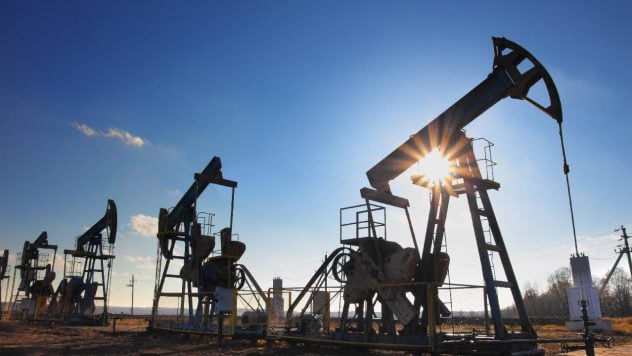
OPEC+ made no changes to its existing oil production plans at a meeting on Monday, even as U.S. President Donald Trump called on the group to cut oil prices.
Bloomberg reports this.
OPEC+ Oil Prices
The group of key members led by Saudi Arabia and Russia maintained plans to curb oil supplies until the end of this quarter and then gradually restore output on a monthly basis starting in April, it said in a statement. The coalition has been holding back barrels for more than two years to prevent a glut, and has already delayed the resumption of production three times in an attempt to support prices.
Now watching
— Despite some doubts, market fundamentals remain strong as several regions show signs of economic recovery… We expect a stronger recovery in oil demand from next April after a seasonal slowdown in the first three months of the year, — the energy ministry of OPEC member Algeria said in a statement.
Trump's request for more oil “was partially addressed in one way or another”, — said Russian Deputy Prime Minister Alexander Novak. He added that this issue is certainly on the agenda in terms of market analysis and how the agreement works today.
According to Novak, all ministers at the Joint Monitoring Committee meeting stressed their commitment to the alliance's efforts to balance the market.
The JMC meeting focused on member countries' compliance with existing agreements on production cuts and compensation for past overproduction, delegates said. The composition of the external sources that OPEC+ uses to monitor member countries' production was also changed, eliminating two of the existing seven – Rystad Energy AS and the US Energy Information Administration – and replacing them with consultants Kpler, OilX and ESAI.
Trump intervenes to demand lower oil prices
The meeting shows that the Organization of the Petroleum Exporting Countries and its allies are in no hurry to appease Trump, who twice last week called on producers to cut fuel prices. OPEC+ remains wary of “flooding” global markets as demand for oil in top consumer China falls while alternative supplies in America soar.
The new US president has already made his presence felt in oil markets by announcing trade tariffs on Canada and Mexico over the weekend. Brent crude futures briefly rose above $77 a barrel on Monday. Trump last week called on OPEC to “cut oil prices”.
OPEC+ delegates have already signaled that no changes will be made at Monday's meeting. Members may be waiting for clarity on other measures Trump has proposed, such as tariffs on China, and whether he will impose tougher sanctions on members Iran, Venezuela and even Russia.
— I don't expect OPEC+ to listen to Trump's demands or requests, whatever you want to call it. OPEC+ has been developing its supply strategy very, very carefully, calibrating it very finely,— Vandana Hari, founder of Vanda Insights in Singapore, said in a Bloomberg television interview ahead of Monday's meeting.
OPEC+ plans to resume suspended supplies in modest monthly tranches of 120,000 barrels a day starting in April and bring the total to 2.1 million barrels by the end of 2026. The United Arab Emirates has been allowed to gradually increase output by another 300,000 barrels a day (bpd) in recognition of its increased capacity in recent years.
But the group has already delayed the restart three times, fearing the extra volumes could create a glut.
There will be a massive supply surplus of 750,000 bpd in 2025 even if OPEC+ adds no volumes, according to the Paris-based International Energy Agency. Citigroup Inc. and JPMorgan Chase & Co. forecast that the group will abandon its plans to restore output this year.
Banks expect further declines in oil prices, which are already too low for Saudi Arabia and many other OPEC+ countries to cover government spending. The kingdom has been forced to cut investment in some projects at the heart of Crown Prince Mohammed bin Salman's ambitious transformation plans.

